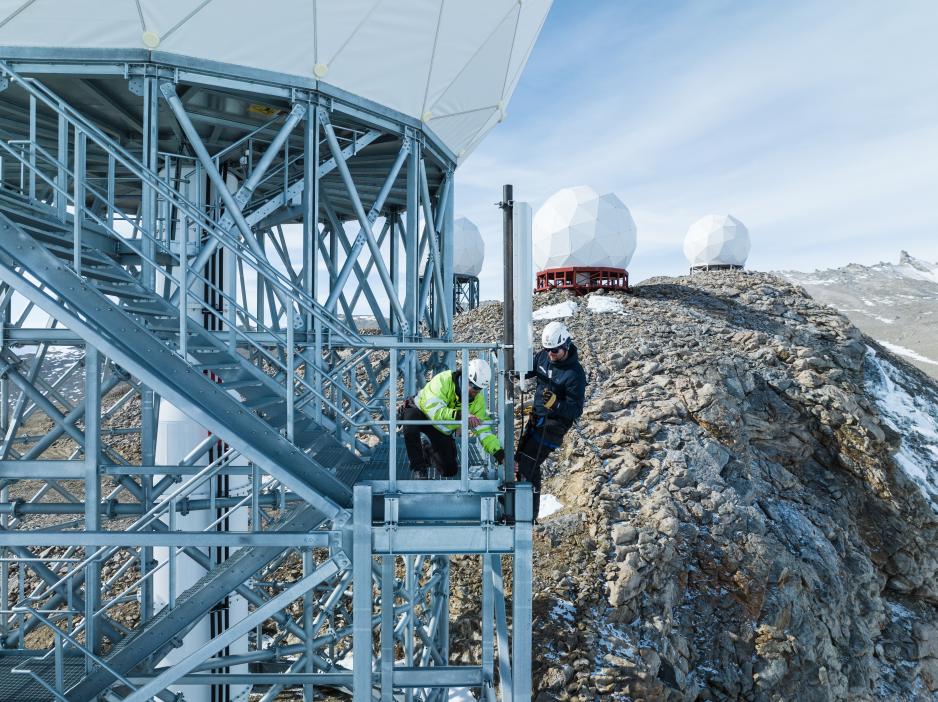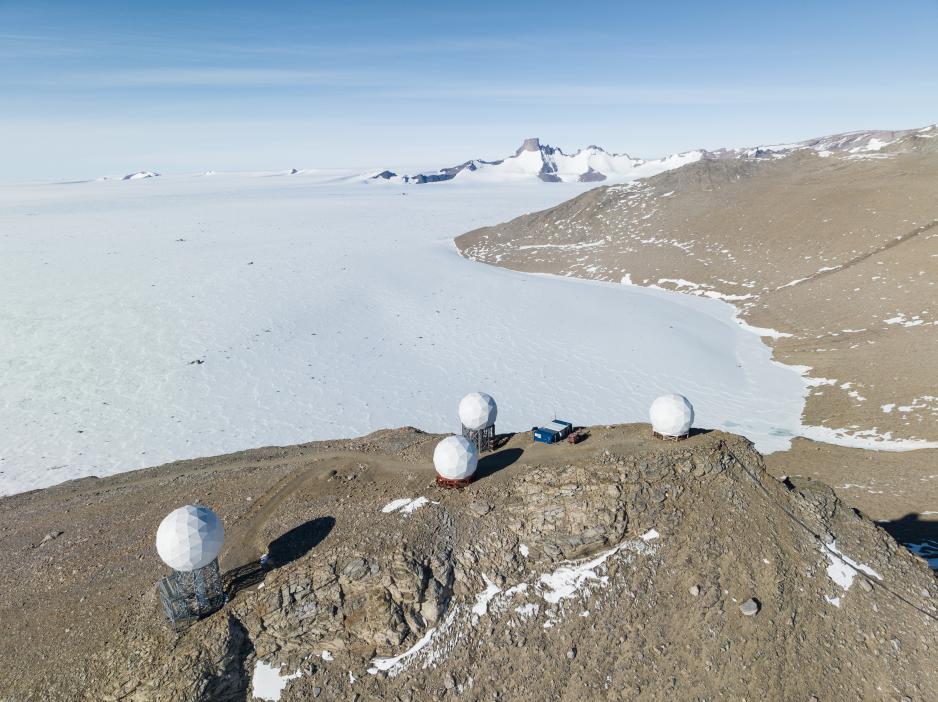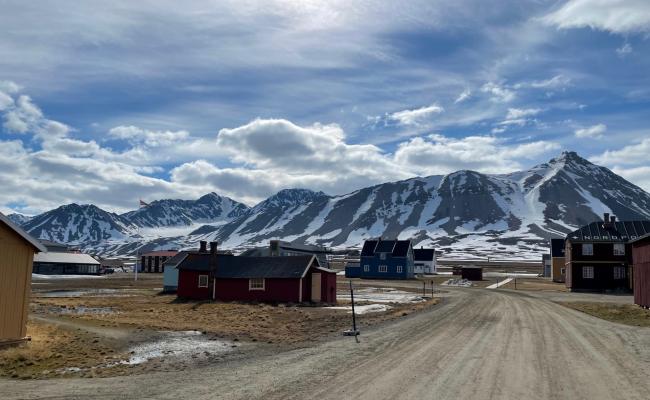Mobile Coverage in Antarctica – Operated From Svalbard

Good planning has made the base station in Antarctica possible. (Photo: the Norwegian Polar Institute)
It is a historic event as Telenor opens the world's southernmost base station in Antarctica, which will be operated from the world's northernmost base station on Svalbard.
The Norwegian research station Troll in Antarctica has now gained extensive coverage around the research station. Troll is the central name in an international research cooperation that will benefit the world community.
The base station started operating in February, and the area around the Troll research station has been linked to the outside world. This base station is unique, as it is the world's southernmost commercial station, and it is operated by Telenor Svalbard, which is also responsible for operating the world's northernmost base station in Ny-Ålesund.
Telenor Svalbard's leader, Christian Skottun, emphasizes that good cooperation with the Norwegian Polar Institute is the foundation for establishing mobile coverage in Antarctica.
"There has been a good dialogue with the Norwegian Polar Institute about the possibilities that a base station in Antarctica provides. Through its presence on Svalbard, Telenor has good experience building and operating mobile coverage in Arctic areas. Mobile coverage is crucial for the two Arctic polar areas," says Skottun in a press release.
New opportunities
He adds that it is especially attractive for research environments to utilize mobile technology to collect fieldwork data.
Mobile coverage is a step forward for the technological development at Troll.
"Mobile coverage also provides new opportunities for research and environmental surveillance in Antarctica," says the leader of Telenor Svalbard.
Mobile coverage around the polar research stations also provides a new safety dimension for other types of traffic in polar areas.
Close cooperation
"Mobile coverage is a step forward for the technological development at Troll. In addition, it provides new opportunities within research and surveillance of Dronning Maud Land," says the Polar Institute's Director, Camilla Brekke.
In addition to a close cooperation with the Norwegian Polar Institute, Telenor Svalbard has also cooperated with Kongsberg Satellite Services (KSAT), which is responsible for the community service out from the Troll station.

Sofietoppen is a mountain in East Antarctica in Dronning Maud Land. Researchers at the Norwegian Polar Institute named it in 2007 after the main character in the Norwegian author Jostein Gaarder's novel "Sophie's World" from 1991. (Photo: the Norwegian Polar Institute)
KSAT owns and operates TrollSat, one of the world's most important ground stations for collecting data from climate and environmental surveillance satellites. It is collocated with the research station at Troll and is responsible for sending satellite-based information from Troll to users worldwide.
"Full mobile coverage at Troll also helps our users, simplifying communication with the outside world. Therefore, we are happy that the satellite link from Troll can also be used for mobile phone traffic," says Rolf Skatteboe, CEO of KSAT.
Severe strain
Birgitte Engebretsen, CEO of Telenor Norge, is happy and proud that Telenor has contributed to the mobile connection between the Norwegian polar areas.
"Our community mission is, among other things, to provide technology that makes research work easier. We see that the emergence of our new technological solution provides new opportunities for science," says Engebregtsen.
The press release also states that good planning has made the project possible. Antarctica is also a place where spare parts are hard to get by, and local adaptions are necessary with the help of personnel connected to the research station.
The installation will be subject to severe strain with wind speed over 300km/h, stone and gravel lifted by the wind, and very low temperatures throughout the Antarctic winter.




